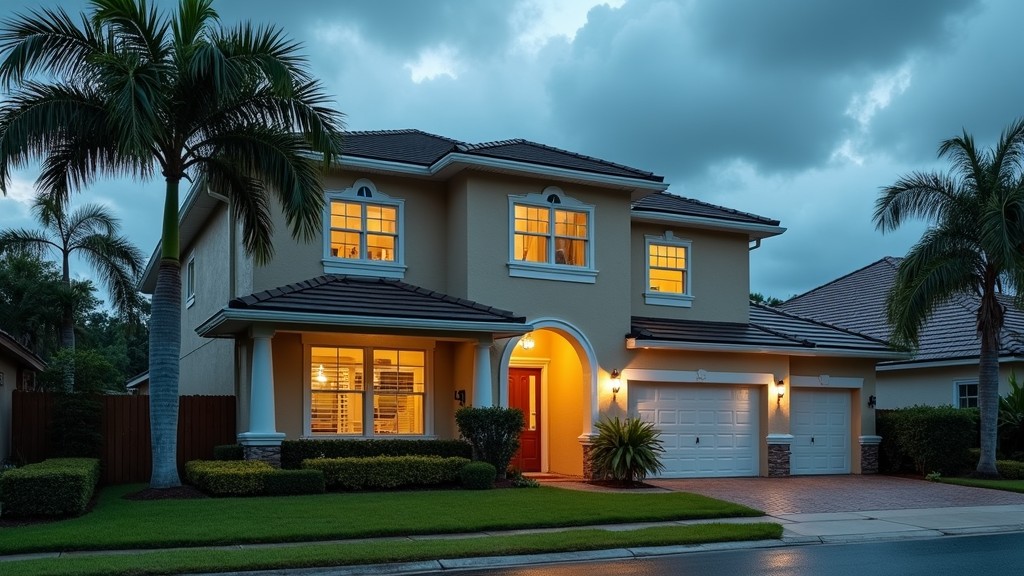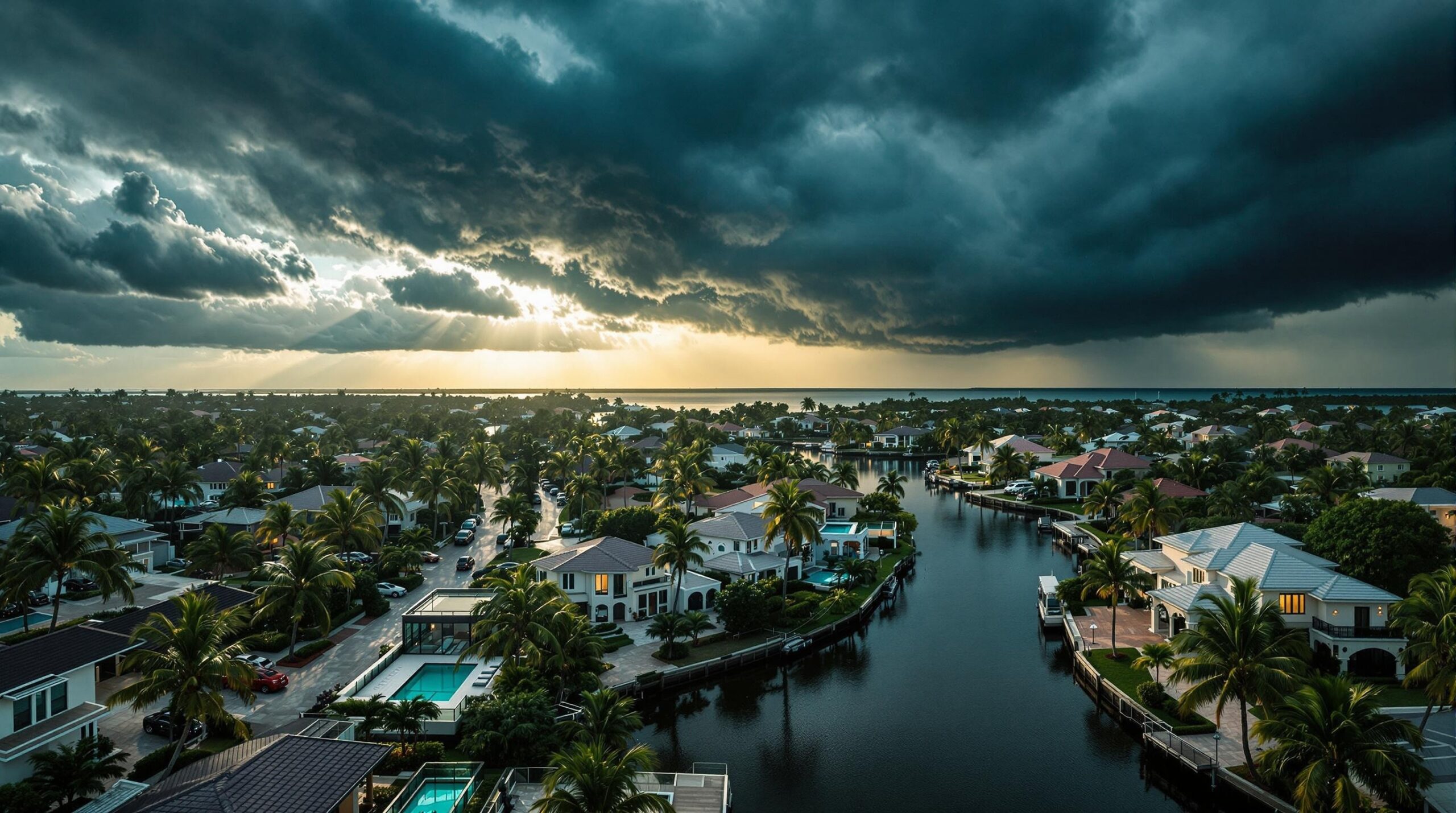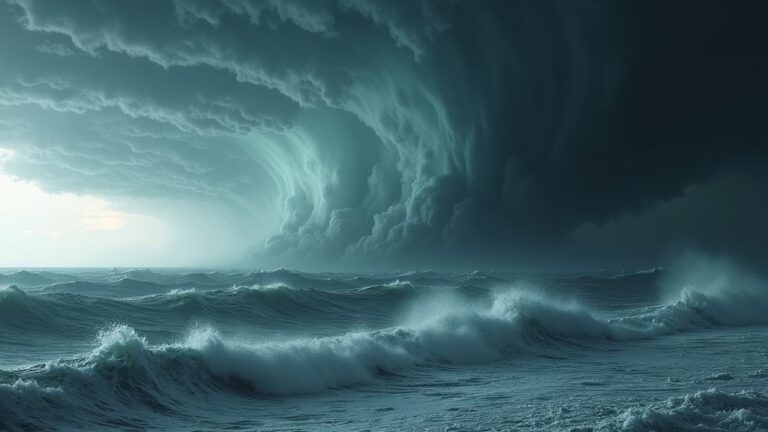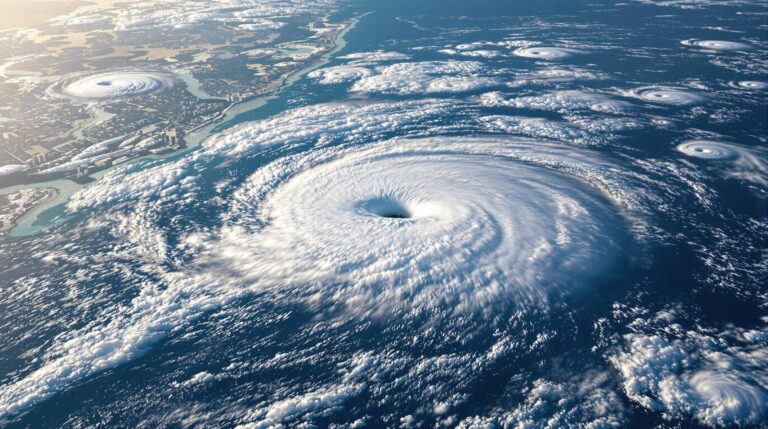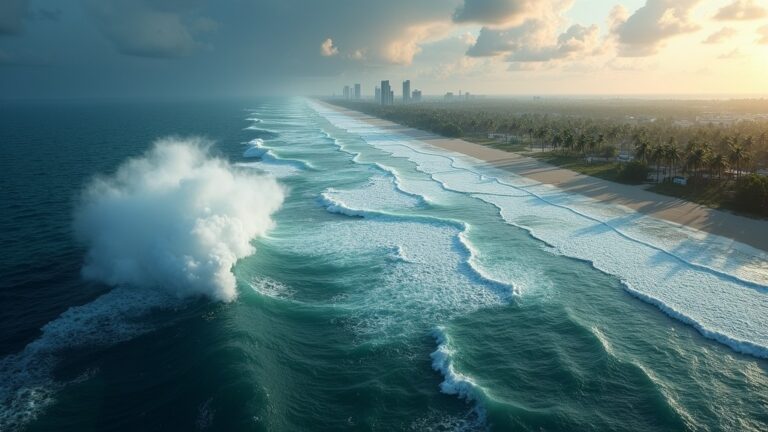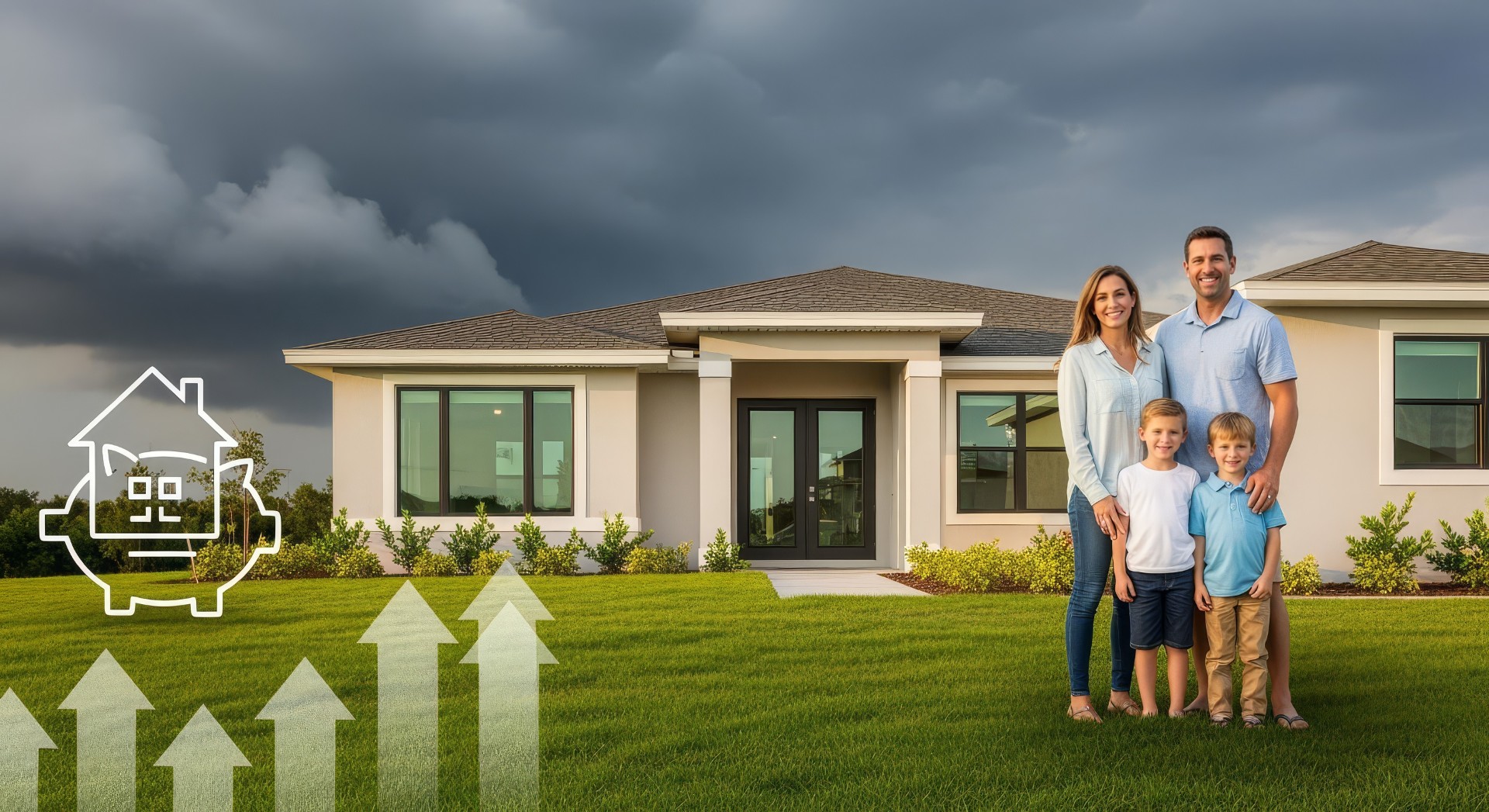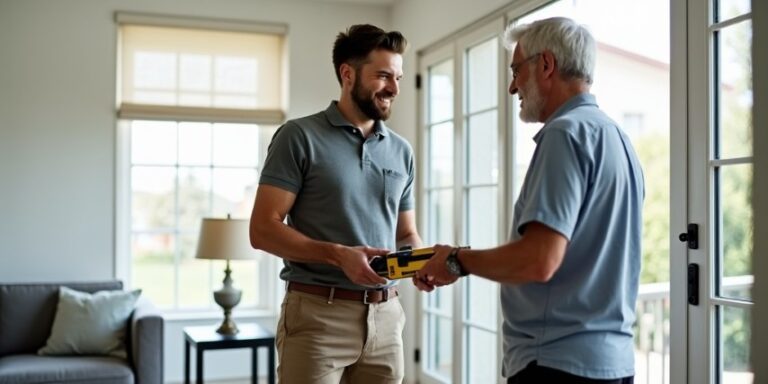By Stephanie F. Pilkington and Hussam N. Mahmoud
(CNN)Hurricane Barry made landfall in Louisiana Saturday afternoon, producing extreme flooding conditions. Roads have been washed away or are inaccessible and thousands lost power. But by our standard method of evaluating storms, it was relatively weak.
According to the Saffir-Simpson Hurricane Wind Scale, Barry made landfall as a Tropical Storm with 70 mph winds, meaning it was not hurricane strength (requiring winds of at least 74 mph) at landfall. Yet Barry is one of a number of storms that should cause us to rethink the scales we use to weigh the impact.We have become reliant on our infrastructure systems, and that is at the core of why we care about extreme hazards and why even the “weak” storms make headlines. Every hurricane and every storm is a natural hazard, but what makes it a disaster is its human element.Those who work with natural hazards found themselves reiterating that the category ranking is not a measure of a storm’s overall impact, especially when the location affected had previously experienced severe flooding from heavy rains — as New Orleans did before Barry made landfall.
The Saffir-Simpson Hurricane Wind Scale does an adequate job at categorizing a tropical cyclone (hurricane) by its sustained wind speed, but is this sufficient? The true impact of a storm is measured not only by its wind speed, but also its storm surge, total rainfall, geography of where it makes landfall, and the population and infrastructure to be affected. The importance of including the mentioned parameters, in addition to wind speed, lies in the fact that most casualties and damages are often attributed to flooding rather than to wind.
With these considerations in mind, researchers at Colorado State University, including the authors of this piece, developed a Hurricane Impact Level (HIL) ranking system to categorize storms, from zero to five, by ranges of anticipated economic damage — accounting for where a storm is to make landfall, its forecasted wind speed, storm surge, and rainfall total through the use of artificial intelligence. To train the model so that it can be used for future predictions, the researchers used historical hurricane events that impacted the United States over the past 20 years.By this model, Hurricane Barry would be an Impact Level 0, which is historically more common, with damages totaling less than $25 million. However, if the heavy rainfall from earlier last week and the snowmelt upstream were to be included, Barry would shift to an Impact Level 1 — what we’ve categorized as causing “significant damage,” costing between $25 million and $100 million — event overall along Louisiana. In other words, Barry may have seemed “weak” as it was approaching land, but, as with most storms, that assertion is based off its Saffir-Simpson Hurricane Wind Scale category and not an integration of all applicable variables for the time and location of landfall.We will not officially know the full impact or total damages from Hurricane Barry, and the flooding that preceded, until proper damage surveys are done. Fortunately for Louisiana, the heavier rainbands stayed mostly offshore, reducing the precipitation totals in the end and indicating that, even with the previous rainfall and snowmelt upstream, the Impact Level might still verify as an original Impact Level 0. However, this does not mean that this storm was without impacts, especially at a localized community level.
As our understanding of wind loading pressure on buildings has improved over the years, building codes have been developed and amended as they relate to regions susceptible to extreme winds. However, efforts related to flooding are further behind. It is highly recommended to avoid building in flood zones and coastal areas, but that does not stop construction or people moving to coastal counties. The existing infrastructure in such areas is deteriorating, and as our population continues to grow, the strain on all of our infrastructure systems increases for day-to-day activities. When a natural hazard then occurs, such systems cannot be expected to perform at acceptable levels.It is still the beginning of hurricane season, and of course there will inevitably be another storm — maybe not in Louisiana, or maybe not one along the Gulf until next year, but this is a hazard of our Gulf and eastern coastlines that has always been there and will continue. However, if we hope to better prepare and improve our resiliency to such hazards, especially with sea-level rise due to climate change and population growth, resources are needed to adapt our infrastructure best management and construction practices.
As a civil engineer, I and many others I know often joke that it would be best if we could just “pick up and move” locations like New Orleans. This is not a realistic option, but we mention it because at this point we realize the mistakes made long ago in building a city in such a location and rectifying such errors proves incredibly difficult. When levees were built along the Mississippi, we tried to combat potential hazards through an attempt to control, or best, nature. This is a battle we were never going to win. Nature will always win. The question then becomes whether we can find and implement a way to work with nature, instead of against it, so that we may adapt to changes and extreme conditions.
Report: CNN Edition

